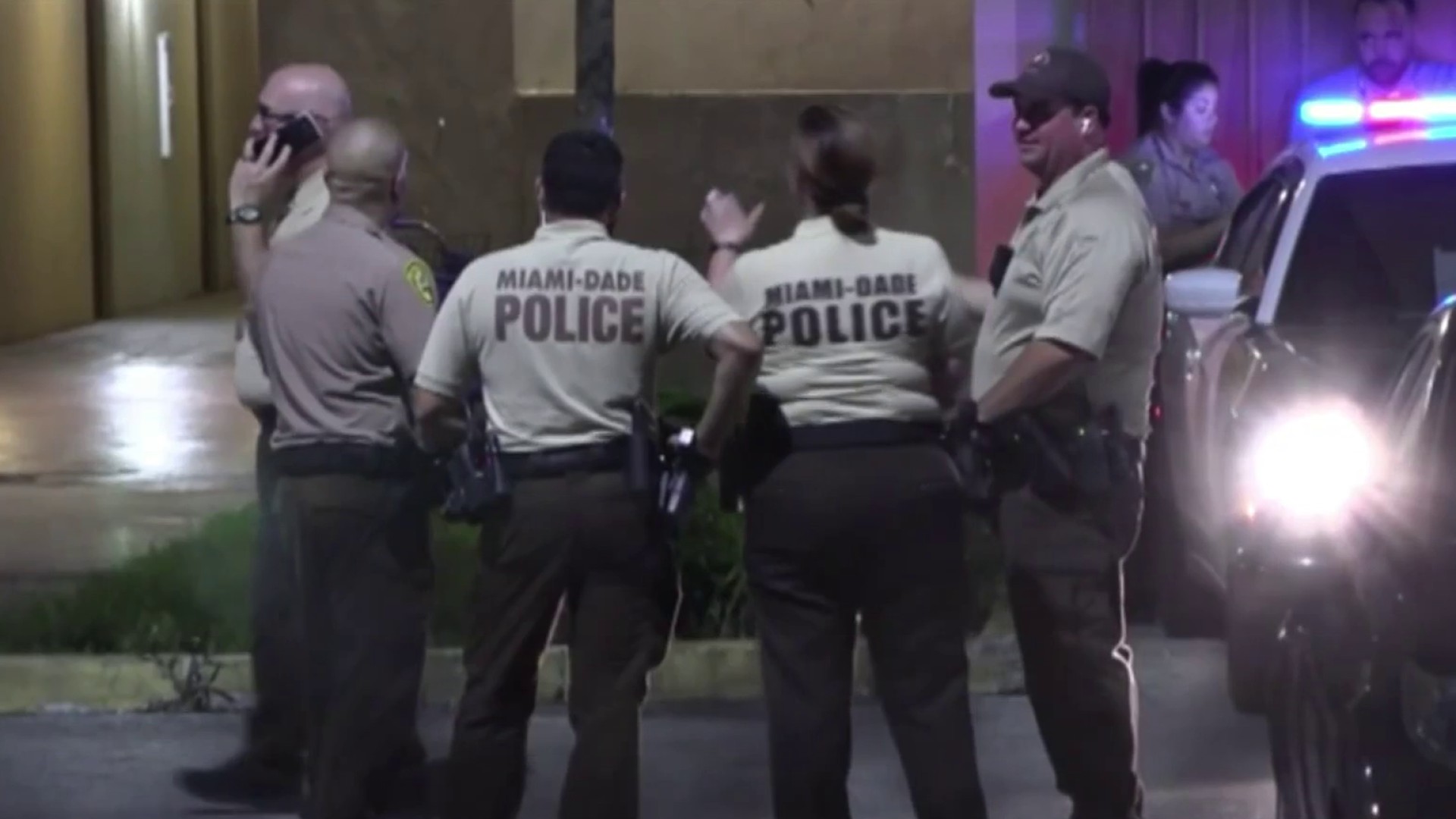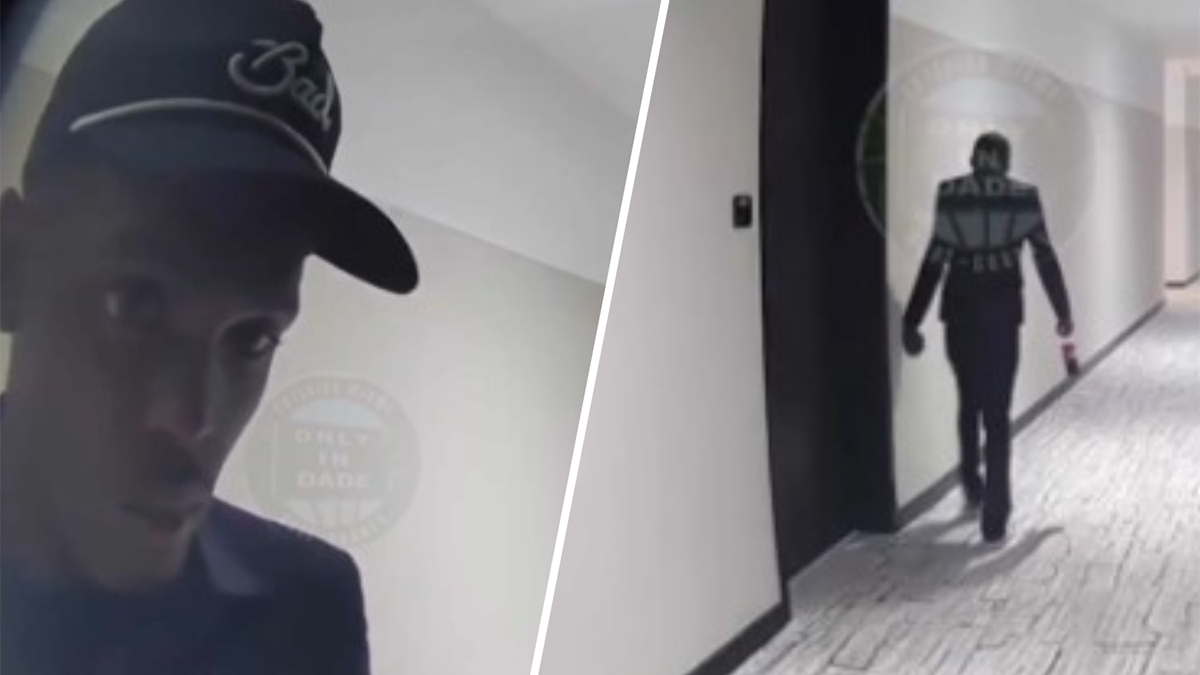Love diamonds but can’t afford the steep price tag? There’s a new option appearing at your local jewelry store that might help: diamonds that can cost up to 50% less. The gems are created in labs by scientists, accomplishing in weeks what takes mother nature billions of years.
Debbie Gaudino is sold on them. She’s getting a second chance at love and says this time she’s being more practical.
“I wanted a beautiful ring but I don’t want to spend tens of thousands of dollars, not at this point. We’d rather travel. We’d rather do other things with our money,” said Gaudino.
Her fiancé could save more than $3,000 on her engagement ring— because the diamond was created in a lab.
“This is just a beautiful compromise because it’s real. It’s a real diamond,” she said.
Lab-grown diamonds are typically 30 to 50 percent cheaper than traditional ones.
For instance, a one carat diamond will cost about $3,000. If you’re willing to buy one made in a lab, you can get a carat and a half for the same price.
Local
"There is no way anyone could look and see any difference between the lab-created and the real diamond,” said Gaudino.
“I’m a graduate gemologist from the GIA and I, in fact, cannot tell the difference,” says Jeff Malvin, president of Beverly’s Jewelers.
He says because they look like natural diamonds that can pose a problem.
“At the store level there is no equipment that can tell you whether it’s a mined diamond or a lab grown diamond,” said Malvin. “It worries me to an extent that if they get in the hands of the wrong people.”
“It’s potentially a huge problem,” says Steve Haggerty, a geologist at Florida International University.
Haggerty says there’s a risk for fraud as labs improve their diamond-creating techniques.
“We can now produce them at 5 carats,” said Haggerty “I think within the next year, the next five years they will achieve 10 carats and 15 carats or even larger.”
WD Lab Grown Diamonds – a lab near Washington D.C. demonstrated the laser inscriptions they put on their diamonds to show where they were created. However, jewelers say the markings that labs put on diamonds don’t eliminate the risk.
“It can be removed by someone that knows how to cut a diamond so you still have to be very cautious,” said Malvin.
Celebrities like Leonardo DiCaprio and Patricia Arquette have publicly supported these diamonds for being better for the environment and taking less of a toll on the countries that produce them.
“The rules are changing now—I think it’s a big change in the diamond market,” said Malvin
At Malvin’s store, about one in ten of its diamond stock is lab- created. Many come from Lab Grown Diamonds, a company with a lab in Singapore. Beverly Jewelers expects demand to grow. But some jewelers don’t know if these diamonds will sit well with all consumers.
“I personally am always very concerned that i might not be purchasing a natural diamond,” said Jose Oscar Ortiz, the owner of Oscar’s Design and Jewelry in Miami.
Ortiz worries these rocks are not a safe long-term investment. He expects prices to drop as production increases.
But not all customers are concerned.
“I love it! Amazing. It’s a piece that looks timeless, classic,” said Tayllen Gonzalez, who just got married and proudly showed off her lab-grown diamond diamond ring.
Gonzalez says she and her new husband saved at least $800 on the purchase.
Jewelers tell us the best way to know what you’re buying is to deal with a reputable retailer.
It’s also a good idea to get your diamond certified – that’s the only real way to know exactly what kind of diamond you’re buying.



